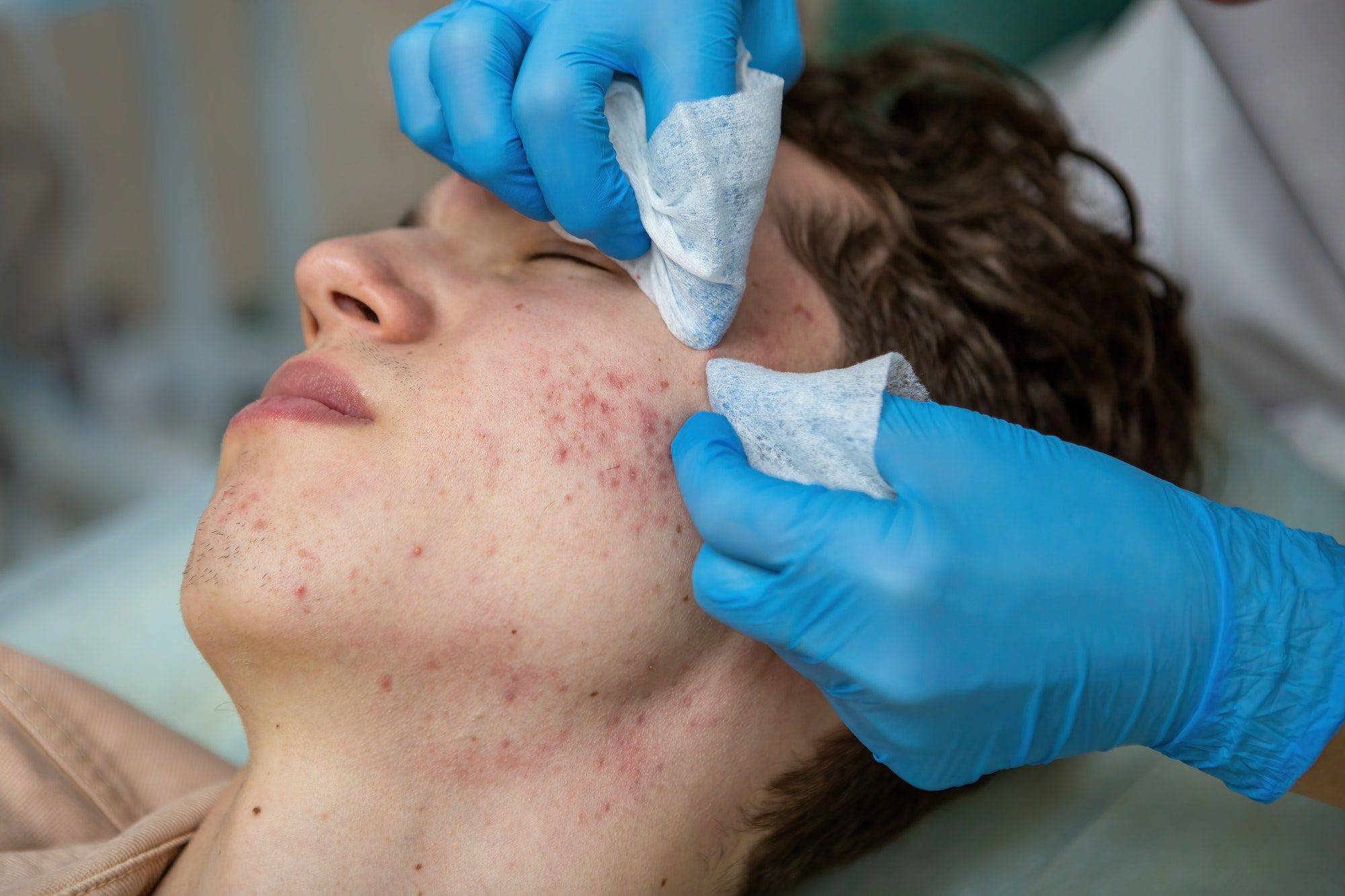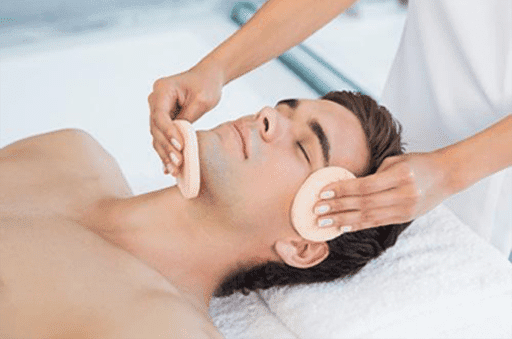
Do your hips, thighs, or buttocks have uneven, lumpy skin? This could indicate cellulite. Connective tissue bands pull the skin’s certain areas of fat downward to the underlying tissues, causing cellulite. As a result, the surface becomes uneven. Cellulite can be observed on the hips, thighs, abdomen, buttocks, and breas-ts, among other places.
Due to differences in fat, muscle, and connective tissue distribution, cellulite affects women more than males. It is estimated that 80 to 90 percent of women are affected in some way. It is not dangerous. Orange-peel skin, cottage-cheese skin, hail damage, and the mattress phenomenon are among terms used to describe cellulite.
Hormones are thought to play a role in the formation of cellulite. Cellulite is caused by hormones such as estrogen, insulin, noradrenaline, thyroid hormones, and prolactin. According to a theory, as estrogen levels in women drop as they approach menopause, blood flow to the connective tissue beneath the skin declines. Reduced circulation means less oxygen in the area, which causes less collagen formation. As estrogen levels drop, fat cells grow as well. These elements work together to make fat deposits more noticeable. The dimpling effect occurs when fat beneath the skin protrudes through weaker connective tissue. Skin becomes less elastic, thinner, and more inclined to sag as it ages. This increases the likelihood of cellulite formation.
Cellulite is more common in people who consume too much fat, carbs, and salt and too little fiber. Smokers, people who do not exercise, and those who sit or stand in one posture for long periods of time are also at risk. Wearing underwear with tight elastic across the buttocks might reduce blood flow, which can lead to cellulite growth. Cellulite is more common in those who are overweight, however it can also be found in lean and fit people. It is more likely to occur after the age of 25, but it can sometimes affect people earlier than that, including teenagers.
CoolSculpting, or Cryolipolysis, is a noninvasive surgery that freezes fat cells beneath the skin to reduce cellulite. Fat cells rupture as a result, and their contents are absorbed by the body. To dissolve an inch of fat, several treatments are required. A noticeable reduction in cellulite may take three to four months.
Ultrasound is a noninvasive therapy that targets and eliminates fat in the belly and thighs using sound waves. It takes two to three months to see results. Ultrasound should be used in combination with another cellulite treatment for better results.
Cellfina is a non-invasive treatment. A needle is used to break apart the stiff bands under the skin to get rid of cellulite on the thighs and buttocks throughout the process. The effects can be evident in three days and can last up to three years.
A technician injects carbon dioxide directly beneath the skin during this treatment. This is considered to help minimize the appearance of cellulite by increasing blood flow to the area. You may feel some soreness and bruising. After 7 to 10 treatments, you may see results.

Microdermabrasion is a minimally invasive procedure used to renew overall skin tone and texture.
Session Duration: 30- 45 mins
Sessions Required: 7- 8
Gap between sessions: 7- 8
Sessions Required: 4 hours
Results: Takes a month

The treatment uses DermaFrac, which is a micro-needling (skin needling) machine that offers simultaneous delivery of infused ingredients in a pain-free manner without any downtime.
Session Duration: 30- 45 mins
Sessions Required: 7- 8
Gap between sessions: 7- 8
Sessions Required: 4 hours
Results: Takes a month

